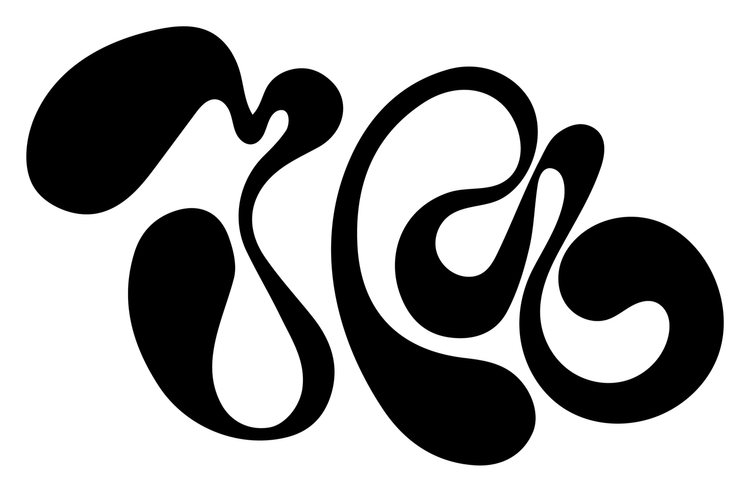Filter Faces: The Rise in Non-surgical Procedures
Jawlines that could cut glass and razor sharp cheekbones. Duck lips, trout pout, fox eyes. The language of cosmetically enhanced procedures is curiously un-human, but that hasn’t stopped the demand spiking.
During lockdown we saw less of our friends and more of ourselves, reduced to tiny pixels on a screen. Surface-level self-reflection became as regular as cleaning teeth, a part of our routine, heightened thanks to Zoom meetings and social media. Obsession and boredom. Gazing, comparing, assessing, craving… all led to a 70% increase in virtual consultations, according to the British Association of Aesthetic Plastic Surgeons.
The UK’s cosmetic surgery industry was worth an estimated £3.6 billion in 2020, with non-surgical procedures like dermal filler injections accounting for 9 out of 10 procedures. This type of surgery is more cost-effective, less invasive and it is associated with a shorter recovery time, as well as minor risk. Playing with our faces has transcended the digital mainstream to everyday life. Most of us have been on botox benders, guilty of chiselling and tightening and widening and smoothing ourselves, using filters as inspo of what we want to look like, as if we weren’t real at all.
It begs the question: where will it end?
CREDITS
Creative Direction & Production
Judith Rita Nanyonga
Writer
Kiera Chapman
Model
Natalie Mendes
MUA
Shakira Tahnee
Model Agency
Leite Management
POETRY
Judith Rita Nanyonga
For Londnr Magazine






